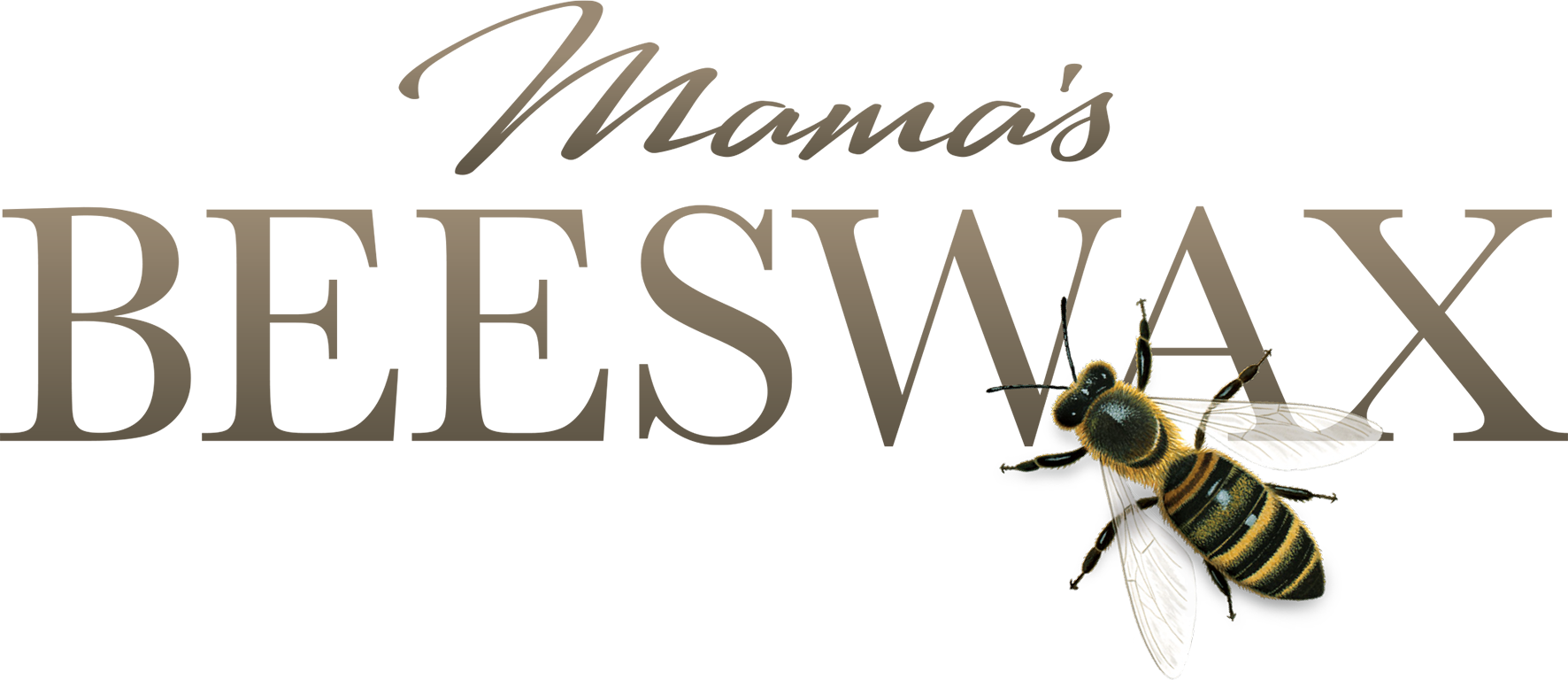Ingredients
Welcome to my ingredients library, here is where you can find out about all the raw ingredients I use in my soap making.
If you have questions about a specific ingredient, please contact me direct on Hello@mamasbeeswax.co.uk

Beeswax
I source ingredients as locally as I can, starting with beeswax from my own honey bee hives
Beeswax (Cera Alba) becomes Sodium Beeswaxate during soaping
Beeswax is secreted from special glands in the honeybee’s abdomen. Bees use wax to build honeycomb in a nest for the queen to lay eggs and grow a new generation of bees and around the nest for food storage (honey and pollen)
I only use the freshest beeswax in my soaps – “capping wax” from the wax cover the bees put over the honey to preserve it. I gently warm and filter it 3 times to ensure only the best quality wax makes it to my soaps and skin care range.
Adding Beeswax, which is naturally hard at room temperature adds hardness to my soaps, so they won’t disappear to mush in your soap dish.

Coconut oil
Coconut oil (Cocos Nucifera) becomes Sodium Cocoate during soaping
A vegetable oil extracted from the kernel of coconuts from the coconut palm. Solid at temperatures below 25’c and high in lauric acid it warms on contact with the skin and gives a fluffy cleansing lather ideal for dry, itchy, sensitive skin.

Sunflower Oil
(Helianthus Annuus) becomes sodium Sunflowerseedate during soaping
Sunflower oil is rich in vitamins A, D, and especially in vitamin E and essential fatty acids. Sunflower oil has a light texture and is easily absorbed by the skin.

Olive Oil Pomace
Olive oil (Olea Europaea) becomes sodium Olivate during soaping
A vegetable oil obtained by pressing the fruit of the olive tree. Olive oil attracts moisture and holds it to the skin forming a breathable barrier without affecting the skin’s natural function. Pomace is a lighter grade oil which has less colour and a lighter scent than olive oil you would cook with.

Shea Butter
Shea Butter (Butyrospermum parkii) becomes Sodium Shea Butterate during soaping
Vegetable fat extracted from the seeds of the African Shea tree. It has a high content of unsaponifiable components, meaning much of the Shea butter is not converted into soap through the saponification process and is left in the soap bar, increasing its moisturising properties which melt into the skin
Lye (Sodium Hydroxide)
The essential alkaline component of all “real” soap making. All soaps are made by the combining of fats with an alkaline base, the chemical reaction that occurs is saponification.
It is thought that ancient people discovered soap as meat fat being roasted on open fires reacted with potassium ashes at the edge of the fire pit.
Soap making has come a long way since those ancient days! All my soap recipes are carefully calculated (and checked by an independent chemist) to ensure there is no remaining sodium hydroxide as all of it has been used to create soap,
To give further assurance I calculate 5% “superfat” to ensure there is more oil and butter than there is Lye to make soap. This ensures there are some unconverted oils and butters remaining in the finished bar of soap. This ensures it is mildly cleansing and moisturising on your skin
